Love the poetry.
And the thought.
And the thought.
Enjoy the scenery through California
as the Hawthornes travel from Bakersfield, California,
to Lone Pine, California.
as the Hawthornes travel from Bakersfield, California,
to Lone Pine, California.
Road ahead,
as far as the eye can see.
In the middle of nowhere,
there's Robber's Roost Ghost Town.
I like how everything is labeled.
The hanging tree.
Mr. Hawthorne was more than happy
to put the noose around Rosie's neck.
to put the noose around Rosie's neck.
House and picket fence.
Cowboy Tower.
A lot of volcanic rock out here.
Reservoir.
When we got into Lone Pine, California,
I asked about all the white out here.
I was told this is a dried up mineral lake
and the white is potash.
Lone Pine was named after a solitary pine tree that once stood at the mouth of Lone Pine Canyon. This small town's roots stretch back into the Old West and Hollywood's Wild West.
The town of Lone Pine was founded in the mid-1800s to provide local miners with provisions. Farmers and ranchers soon followed, then the Carson Colorado Railroad pulled into town.
Lone Pine, located in the Owens Valley, near the Alabama hills,
is one of the smallest towns in the United States,
but it's one of the most famous movie locations on earth.
All major Hollywood studios produced films here.
As the days of the Wild West were coming to an end, the Hollywood western was just beginning. Since the 1920s, the unique scenery of Lone Pine has been the backdrop of many films. The first "Lone Ranger" ambush was shot here,
and it was here that Roy Rogers found Trigger.
This is Peter, a cute little bunny at the hotel in Lone Pine.
This is the view from our hotel in Lone Pine, California.
Lone Pine's history is as dramatic and violent
as the magnificent landscape in which the town is located.
Long before the first white settlers arrived
during the Gold Rush,
small groups of Piute-Shoshone Indians lived in the area.
With the discovery of gold and silver,
miners and ranchers supplying food for the mines
came into violent conflict with the native inhabitants
between 1860 and 1865.
In the 1870s, the Cerro Gordo mines
(the largest silver strike in the state)
buoyed the growth of Los Angeles.
At the turn of the century,
the city of Los Angeles clandestinely bought up
land and water rights and initiated a
period of conflict with the Owens Valley.
In the 1920s, Hollywood discovered the Sierra Nevada Mountains
and high deserts of the area.
Over 500 films and countless commercials
have been filmed in Lone Pine,
featuring such stars as John Wayne, Gene Autry,
Errol Flynn, Tyrone Power, Rita Hayworth,
Barbara Stanwick, and Brad Pitt.
The walls of our hotel were filled with pictures
of actors and actresses who had made films in Lone Pine.
It didn't take long after the invention of moving pictures for Hollywood to discover a spectacular location within a few hours' drive. The first feature film shot entirely on location at Lone Pine was "The Round-up," a 1920 silent Western starring Fatty Arbuckle in his first feature film. The director made good use of the incredible scenery near Lone Pine, with the weirdly eroded, jumbled rocks of the Alabama Hills (name for a Civil War battleship) backed by the snowcapped Sierra Nevada.
The Alabama Hills appeared in over 300 movies in the 1920s to 1950s, mostly Westerns - although they also served as northern India, the Gobi Desert, various parts of Arabia, and even Africa in two Tarzan films.
The pace of movie making slowed only slightly here as the Western genre became less wildly popular. Several stories featuring the distant past or sci-fi future have found a setting here, including Star Trek V and VII, Tremors, Gladiator, and Dinosaur.
Most parts of the Alabama Hills are public land administered by the Bureau of Land Management (BLM). The BLM Bishop Field Office issues about 30-40 film permits a year for movies, TV shows, commercials, and still photo shoots in the Alabamas. Permittees agree to be fire-safe and not to disturb wildlife, vegetation or artifacts, and to take every bit of trash away when they finished. BLM representatives meet with the director or scouts beforehand and monitor during and after filming, to make sure this fantastic place stays as wild and beautiful as ever.
Lone Pine's history is as dramatic and violent
as the magnificent landscape in which the town is located.
Long before the first white settlers arrived
during the Gold Rush,
small groups of Piute-Shoshone Indians lived in the area.
With the discovery of gold and silver,
miners and ranchers supplying food for the mines
came into violent conflict with the native inhabitants
between 1860 and 1865.
In the 1870s, the Cerro Gordo mines
(the largest silver strike in the state)
buoyed the growth of Los Angeles.
At the turn of the century,
the city of Los Angeles clandestinely bought up
land and water rights and initiated a
period of conflict with the Owens Valley.
In the 1920s, Hollywood discovered the Sierra Nevada Mountains
and high deserts of the area.
Over 500 films and countless commercials
have been filmed in Lone Pine,
featuring such stars as John Wayne, Gene Autry,
Errol Flynn, Tyrone Power, Rita Hayworth,
Barbara Stanwick, and Brad Pitt.
The walls of our hotel were filled with pictures
of actors and actresses who had made films in Lone Pine.
It didn't take long after the invention of moving pictures for Hollywood to discover a spectacular location within a few hours' drive. The first feature film shot entirely on location at Lone Pine was "The Round-up," a 1920 silent Western starring Fatty Arbuckle in his first feature film. The director made good use of the incredible scenery near Lone Pine, with the weirdly eroded, jumbled rocks of the Alabama Hills (name for a Civil War battleship) backed by the snowcapped Sierra Nevada.
The Alabama Hills appeared in over 300 movies in the 1920s to 1950s, mostly Westerns - although they also served as northern India, the Gobi Desert, various parts of Arabia, and even Africa in two Tarzan films.
The pace of movie making slowed only slightly here as the Western genre became less wildly popular. Several stories featuring the distant past or sci-fi future have found a setting here, including Star Trek V and VII, Tremors, Gladiator, and Dinosaur.
Most parts of the Alabama Hills are public land administered by the Bureau of Land Management (BLM). The BLM Bishop Field Office issues about 30-40 film permits a year for movies, TV shows, commercials, and still photo shoots in the Alabamas. Permittees agree to be fire-safe and not to disturb wildlife, vegetation or artifacts, and to take every bit of trash away when they finished. BLM representatives meet with the director or scouts beforehand and monitor during and after filming, to make sure this fantastic place stays as wild and beautiful as ever.
Movies & Television Series Made in Lone Pine. |
 |
|
||||||
| ||||||









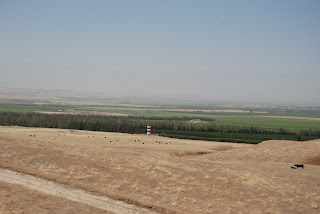



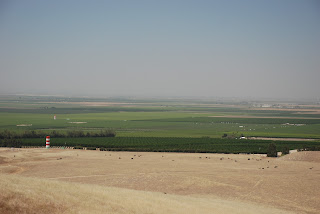

























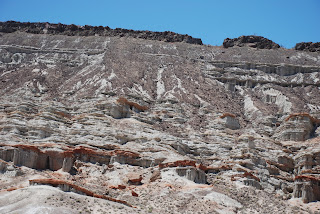







































































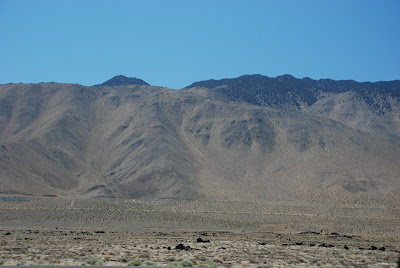























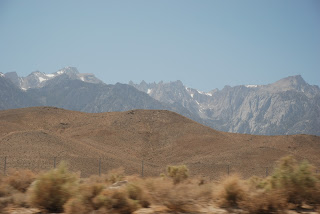




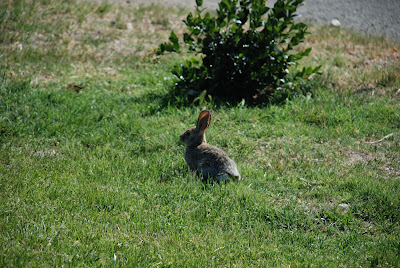





























that was awesome, i enjoyed every picture :)
ReplyDeleteThank you, Anon.
ReplyDeleteGlad you enoyed it.
Thank you, Anon.
ReplyDeleteGlad you enoyed it.